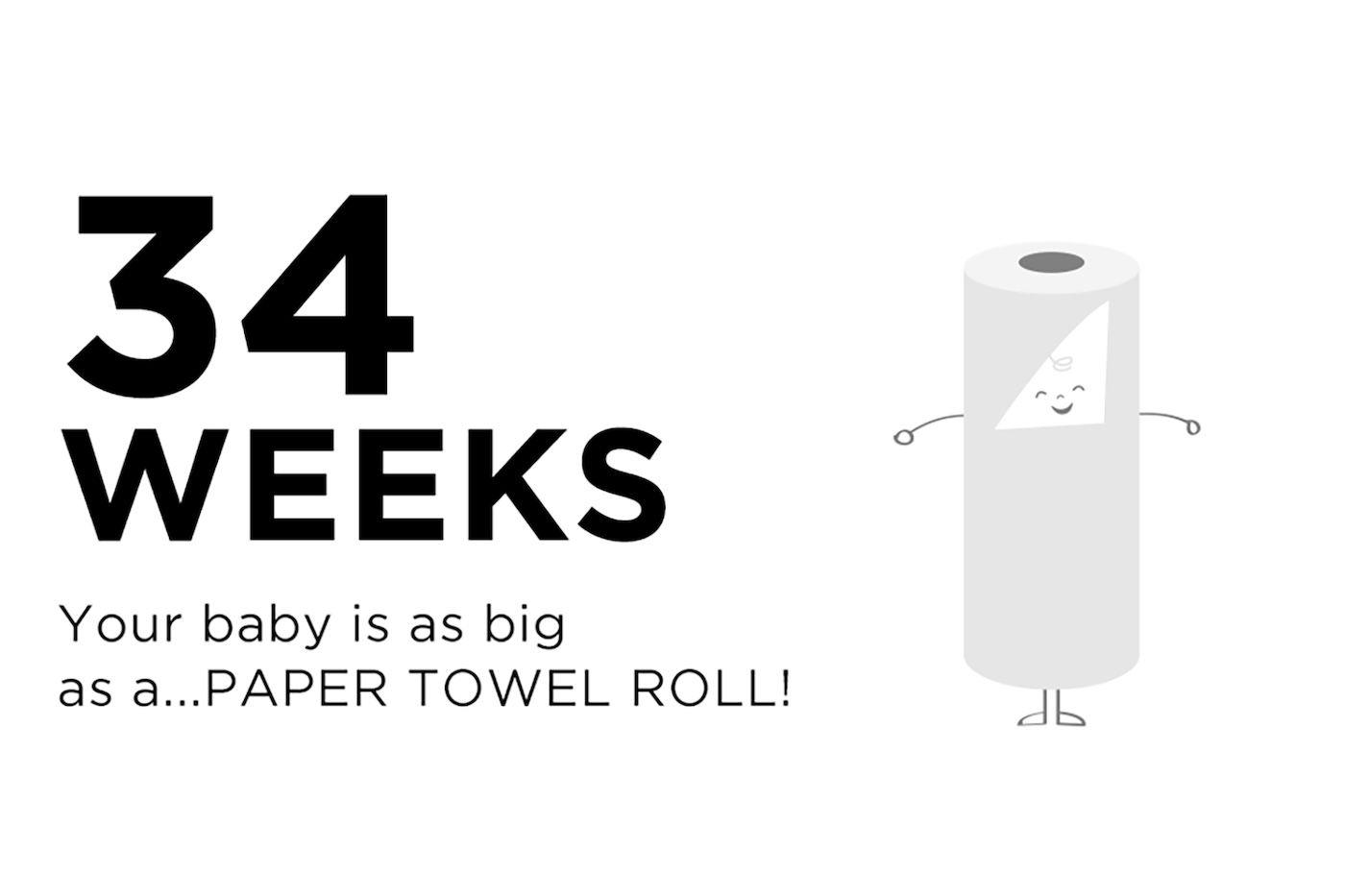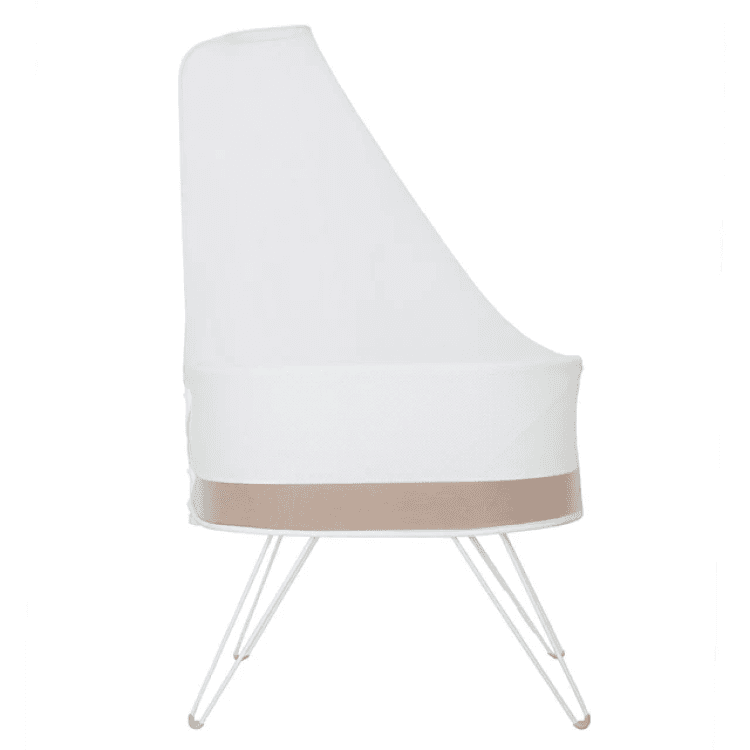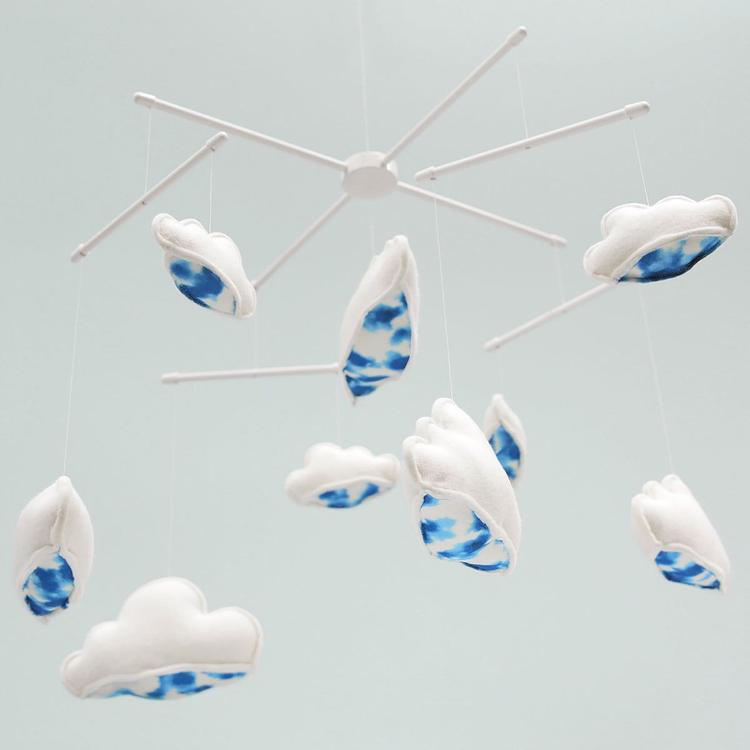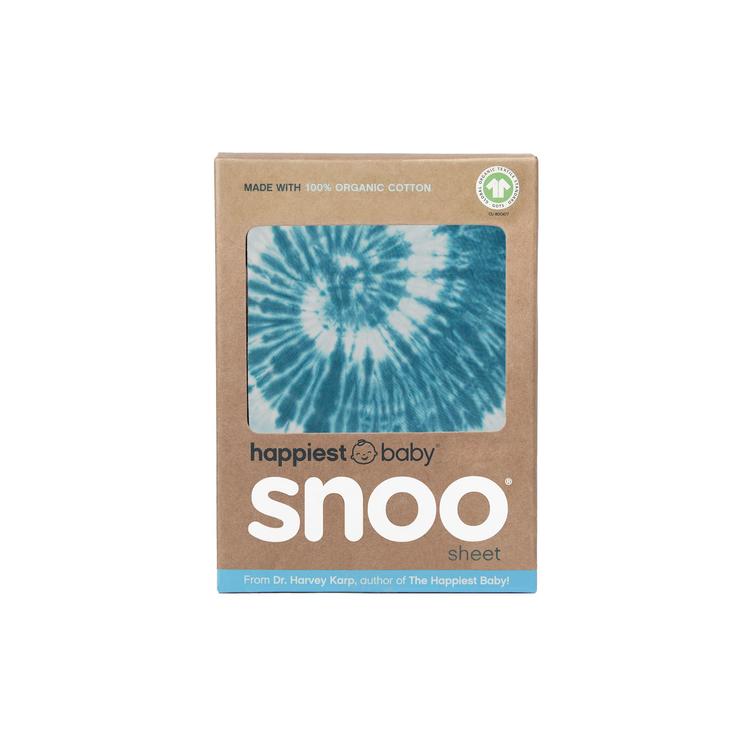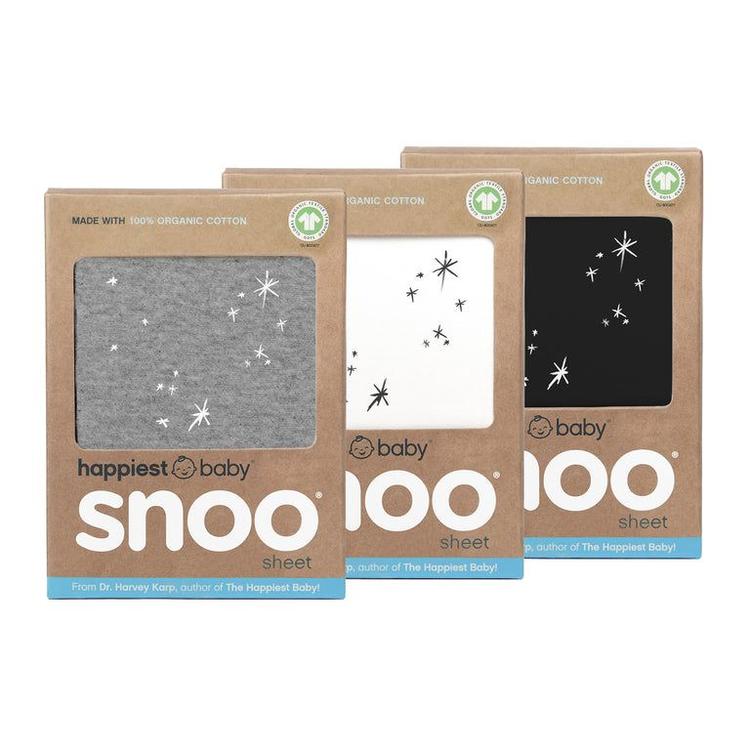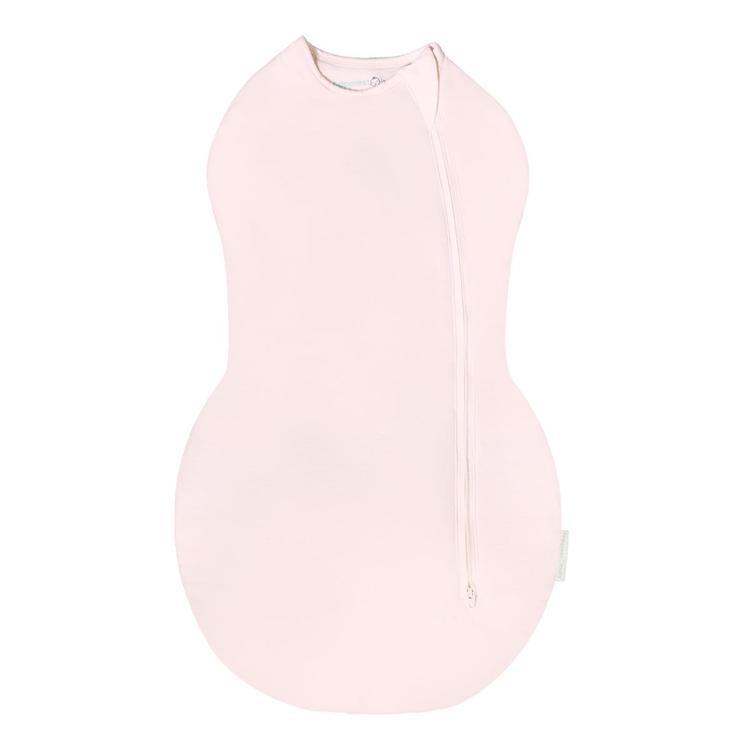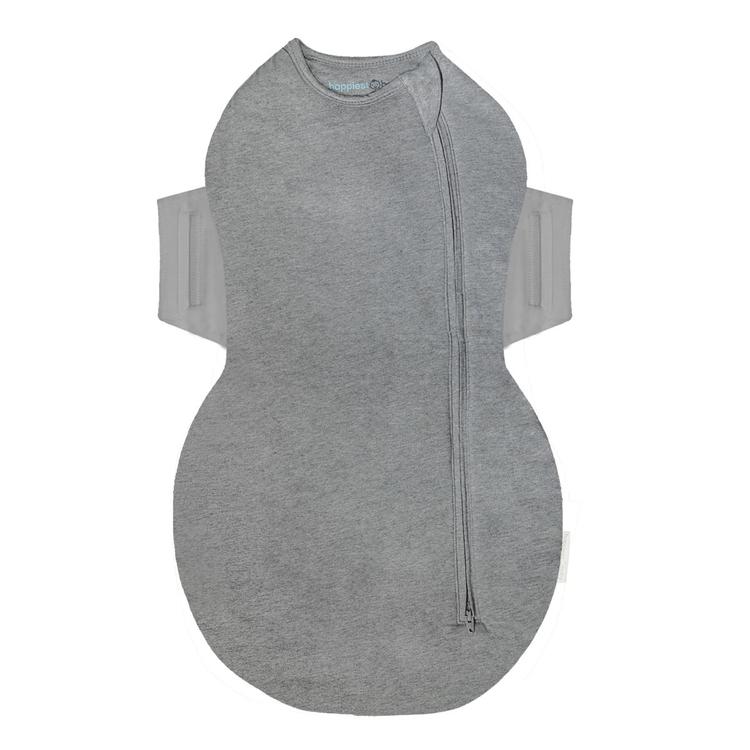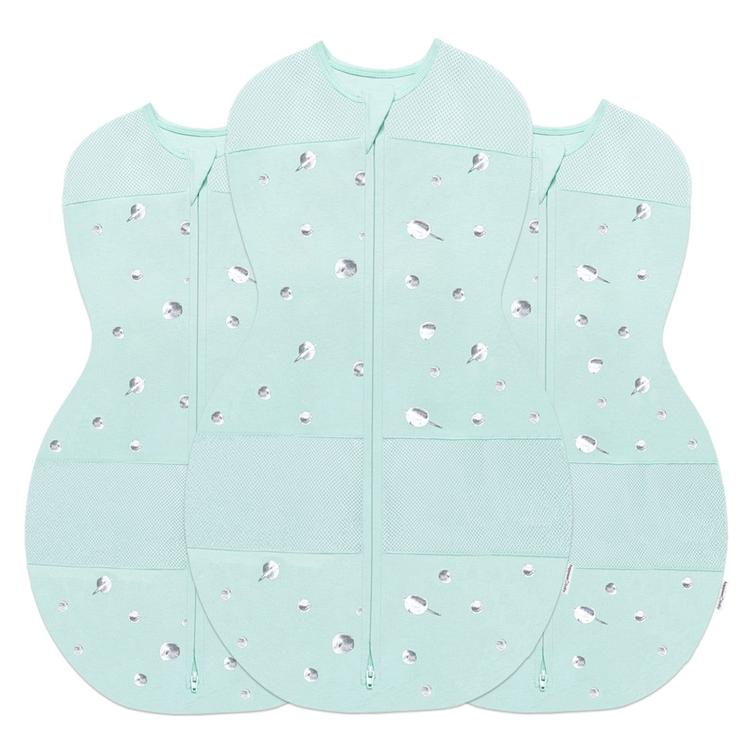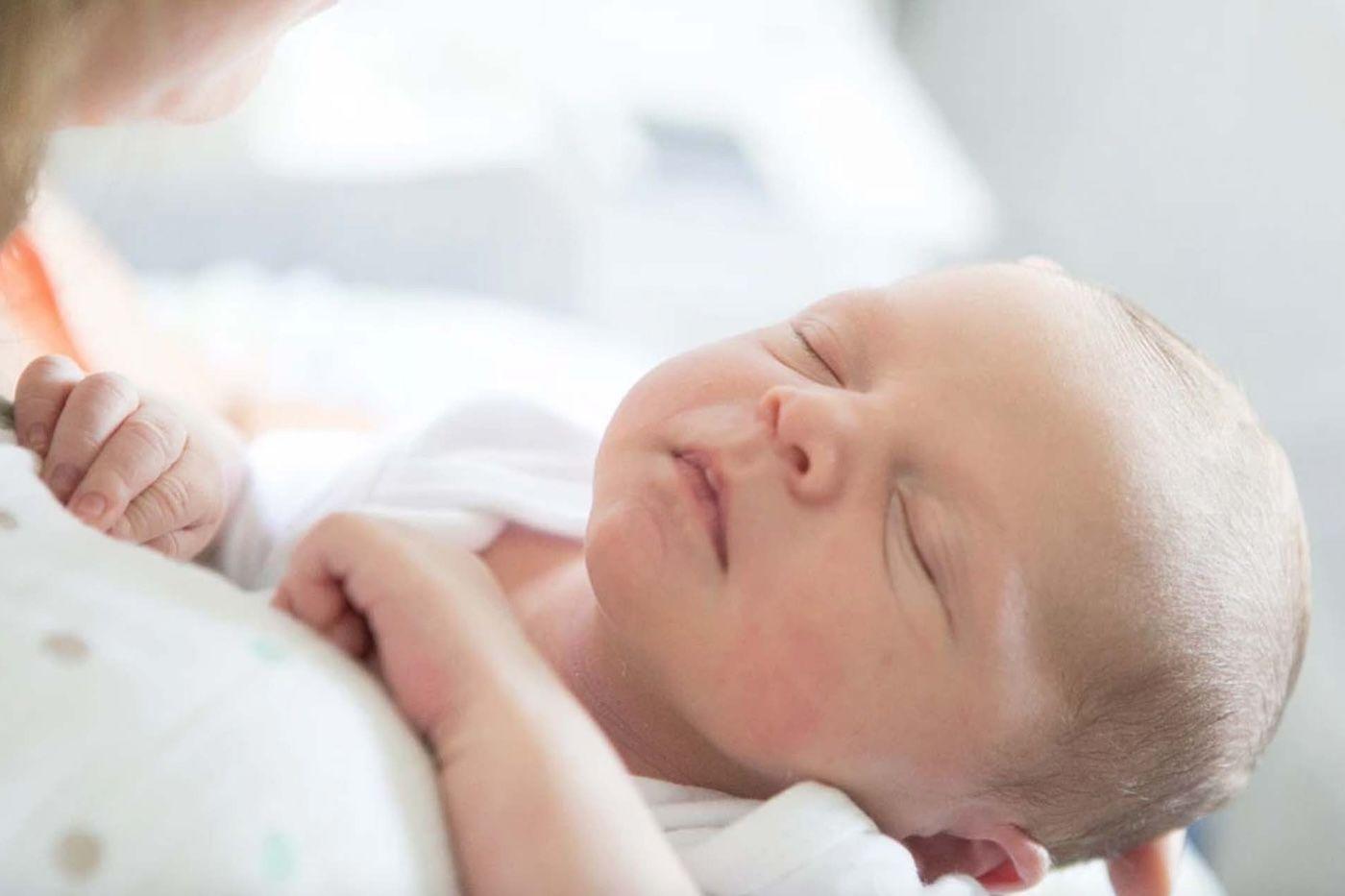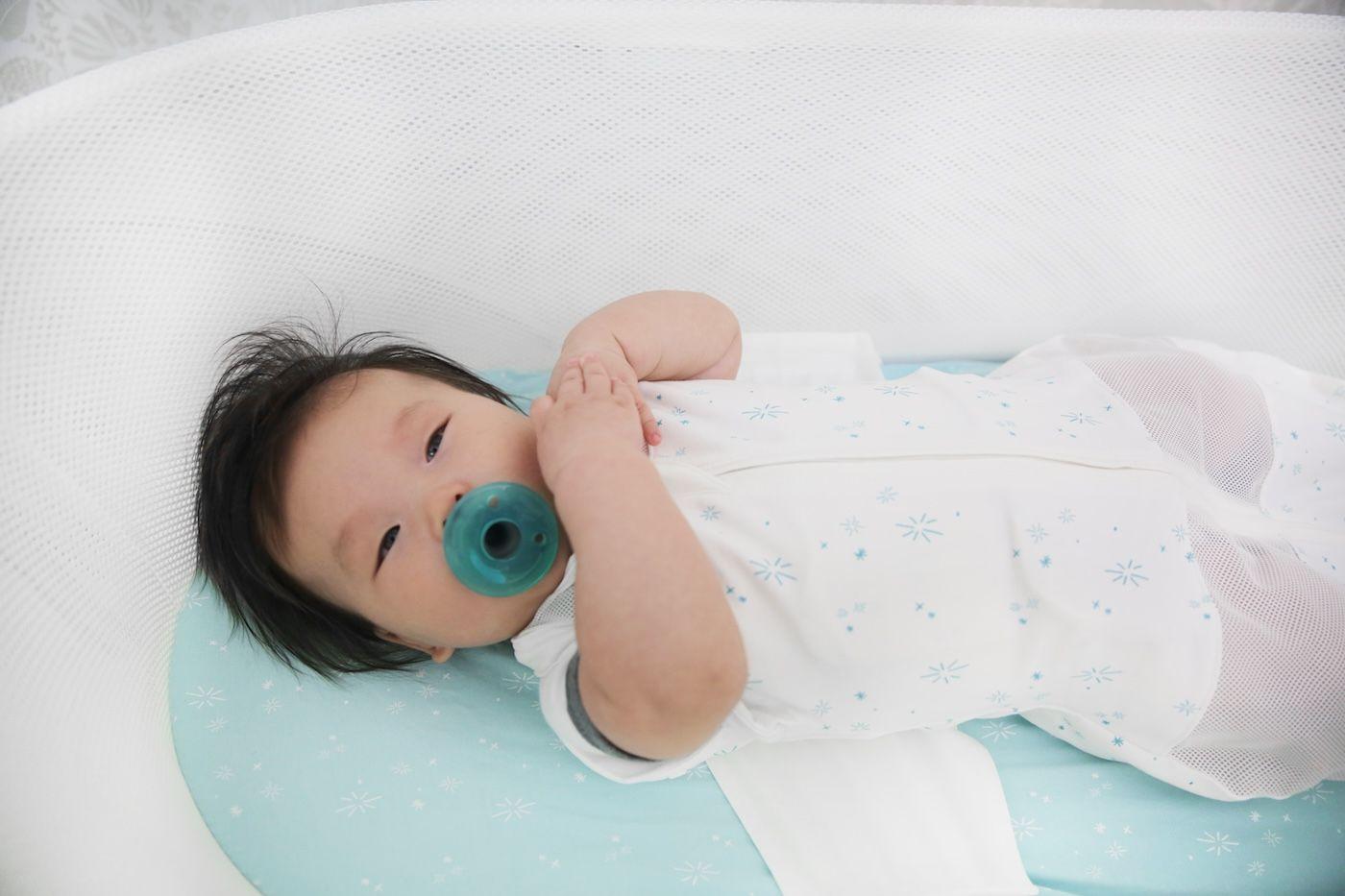A questo punto, la tua pancia è composta prevalentemente dal tuo bambino di quasi 5 libbre... quindi ogni volta che si muove, lo noti davvero. Riesci a distinguere quei piccoli piedi? Probabilmente sono vicino alla parte superiore della tua pancia... mentre si posiziona nella normale posizione testa in giù, pronta per il parto! (I bambini sono podalici—con il sedere o i piedi per primi—solo nel circa 5% dei parti.) Il suo corpo è praticamente pronto; i bambini nati in questa settimana hanno una percentuale di sopravvivenza del 99%.
Sta dormendo, succhiando e sorseggiando (bevendo sorsi di liquido amniotico aromatizzato con ciò che hai appena mangiato)! Uno spesso strato di vernice caseosa e cerosa è spalmato su tutto il suo corpo. Ne perderà la maggior parte prima della nascita, ma i prematuri spesso ne sono ricoperti. Questo rivestimento protegge la sua pelle—immagina se tu fossi in una vasca da bagno per 9 mesi! —e offre benefici antimicrobici dopo la nascita.
34 settimane di gravidanza: informazioni sul tuo corpo
Stai per raggiungere il traguardo!
Tra altre 3 settimane, il tuo bambino sarà 'a termine' (non più pretermine o prematuro). Un segno che il tuo corpo si sta preparando potrebbe essere la perdita di colostro. Questo incredibile liquido è il primo latte ricco prodotto che è perfettamente adatto per un neonato. È ricco di carboidrati, proteine, anticorpi e altre sostanze essenziali. Contiene tantissime cellule bianche che combattono le infezioni, non c'è da stupirsi che lo chiamino 'sangue bianco'! Questo latte concentrato e denso ha così tanta vitamina A che è effettivamente di colore giallo/arancione... come una carota.
Le perdite vaginali tendono ad aumentare anche verso la fine della gravidanza. Il tuo collo dell'utero è responsabile di ciò, creando sempre più muco, bloccando i batteri nocivi dal risalire per infettare il tuo bambino. Se la perdita è tinta di rosa e ha una consistenza gelatinosa, potresti stare perdendo il tappo mucoso che sigilla l'utero durante la gravidanza. Può uscire tutto in una volta o poco alla volta.
La perdita del tappo mucoso è un segno che il collo dell'utero si sta ammorbidendo e il travaglio sta arrivando... prima o poi.
Alcune mamme perdono questo tappo settimane prima del parto e possono persino rigenerarlo. Tuttavia, un tappo mucoso con tracce di sangue (il tuo medico o ostetrica potrebbe chiamarlo “bloody show”) è un segno che incontrerai il tuo bambino molto presto. Se la secrezione è giallastra o verdognola, chiama il tuo fornitore di cure. Questo potrebbe significare un'infezione da lievito o batterica, entrambe le quali di solito necessitano di trattamento.
Una lista di cose da fare per la tua 34ª settimana di gravidanza
- Stampa diverse copie del tuo piano di nascita: Ne vorrai una per il tuo medico e per i vari infermieri di turno in ospedale. E, anche se stai pianificando un parto vaginale, è saggio redigere un piano di nascita separato per un cesareo, nel caso in cui.
- Smetti di volare: Probabilmente ti verrà consigliato di smettere di volare alla 34ª settimana (o prima se hai una gravidanza ad alto rischio). I sedili degli aerei sono estremamente scomodi a questo punto, comunque! Alcune compagnie aeree ti permetteranno di continuare a volare con un certificato medico, ma vuoi davvero essere lontana da casa se iniziassi un travaglio prematuro??
- Crea una lista di faccende: Lavanderia? Cucinare? Portare a spasso il cane? Lavare i piatti? Non esitare a organizzare per ricevere aiuto da amici e familiari... dopo l'arrivo del bambino. (Ricambierai il favore nel corso del prossimo anno o due!) Una lista di faccende rende tutto questo assolutamente chiaro, aiutando a concentrarsi sulla cura del bambino ed evitando di dimenticare priorità importanti a causa della privazione del sonno.
- Prepara almeno una settimana di pasti da congelare: Non importa quanto sia andato bene il parto, avrai bisogno di tempo per riposarti e recuperare. Inoltre, sarai più impegnata di quanto tu possa immaginare con il tuo nuovo arrivato. Quindi, prepara alcuni pasti confortevoli e facili da riscaldare (zuppe, stufati, ecc). E non esitare a chiedere aiuto ad amici e familiari!
Mito o Fatto?
Il bruciore di stomaco significa che il tuo bambino nascerà con una chioma folta.
Questo sembra pazzesco, ma la ricerca scientifica suggerisce che c'è del vero! Si scopre che gli stessi ormoni che causano il bruciore di stomaco contribuiscono anche a determinare quanto capelli avrà il tuo bambino alla nascita!
Frase della settimana
La cosa più importante che ha imparato nel corso degli anni è che non c'è modo di essere una madre perfetta e ci sono un milione di modi per essere una buona madre. — Jill Churchill
Avvertenza: Le informazioni presenti sul nostro sito NON sono consigli medici per alcuna persona specifica o condizione. Sono solo intese come informazioni generali. Se avete domande o preoccupazioni mediche riguardo vostro figlio o voi stessi, si prega di contattare il vostro fornitore di assistenza sanitaria. Il latte materno è la migliore fonte di nutrizione per i neonati. È importante che, in preparazione e durante l'allattamento al seno, le madri seguano una dieta sana ed equilibrata. L'allattamento misto (seno e biberon) nelle prime settimane di vita può ridurre la produzione di latte materno e la decisione di non allattare al seno può essere difficile da invertire. Se decidete di utilizzare il latte artificiale per neonati, dovreste seguire attentamente le istruzioni.

